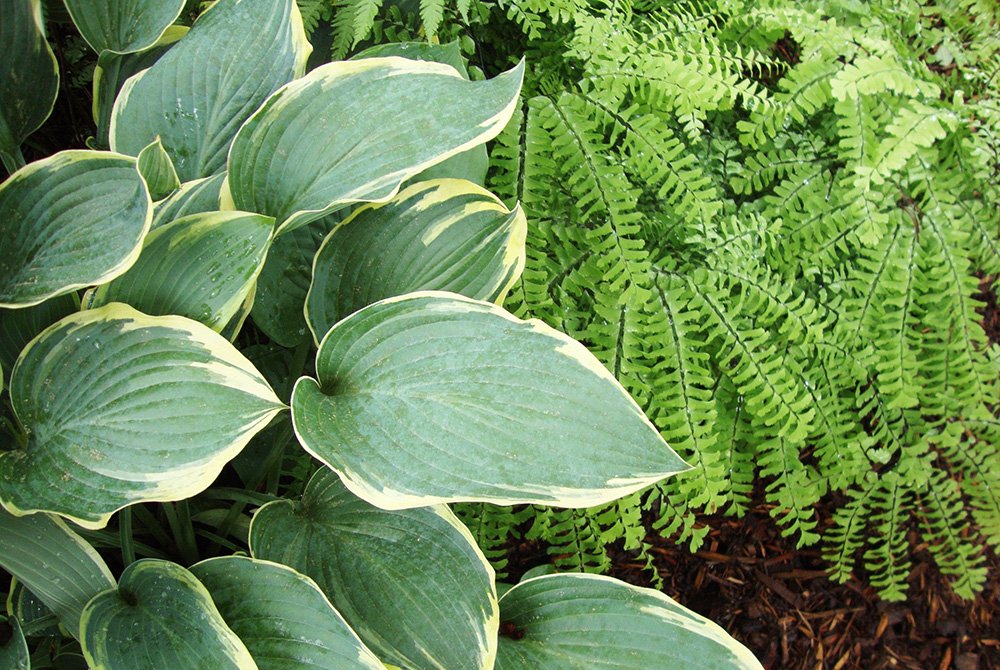Gardening in the Hellstrip
/The hellstrip — the space between a street and a public sidewalk, also known as a tree park, boulevard, meridian, and planting strip — is getting a lot of attention these days with the publication of Evelyn Hadden’s Hellstrip Gardening by Timber Press. This comprehensive guide with gorgeous color photographs of hellstrip gardens across the country offers inspiration and visual guidance to anyone ready to tackle this final frontier.
Hellstrip gardening is nothing new to my friend Kathy, who has been adding curb appeal to her home with hellstrip plantings for 15 years. Kathy began her roadside garden when she got tired of trying to keep the lawn grass alive in the hellstrip year after year. Always keen on water conservation, Kathy wanted a low maintenance solution for this long, sunny expanse. Her large backyard garden had also become shaded over the years as the pine trees grew taller and taller, so the sunny hellstrip offered a chance to relocate her sun lovers from the backyard and to try some new plants in this totally different environment.
She began the garden by digging up a small section of sod around her mailbox, amending the soil, and planting various sedums that would be low maintenance and drought resistant. Bit by bit, the hellstrip garden grew, and then expanded to the other side of the driveway. Now it measures close to 100 feet, and boasts a wide variety of perennials. Kathy learned through trial and error which plants to grow, and which plants to avoid. Some perennials, like yarrows, were too tall and floppy. Annuals were too labor intensive, except for the portulaca that self sows and returns year after year. But there were many perennials that acclimated to this dry, sunny area with its relatively poor soil.
Mediterranean plants and herbs – many of which sport silver foliage and prefer a sunny situation with lean soil and good drainage, thrive in Kathy’s roadside garden. Sedums, Lamb’s ears, salvia, sage, alliums, fescues, rosemary, thyme, mint, sea lavender, and catmint bask in the baking hot sun. The garden delights passersby with a changing palette of blooms and foliage. In the early spring, crocus, creeping phlox and species tulips, which love the good drainage, cheer up the border with their blooms. They are followed by stately bearded irises, columbines and poppies in June, and daylilies, helianthus and coreopsis in mid summer. A prickly pear cactus at the base of the mailbox surprises visitors with its yellow flowers in July. Sedums steal the show in August. In a shadier part of the garden, hostas and heucheras provided beautiful foliage from spring to fall.
Gardening in the hellstrip has its challenges. The soil in these areas is usually cheap, compacted fill. Kathy amends it at planting time with compost, and has been top dressing with leaf mulch. Because of the distance from the house, the garden is difficult to water. Although Kathy does not irrigate regularly, newly installed plants need supplemental watering, which amounts to many trips with a watering can. Weeds easily blow into the garden and crabgrass is a particular problem. Since the hellstrip is town-owned property, large sections have been dug up utility companies several times without prior notice.
But overall, gardening in the hellstrip has been a positive experience for Kathy. Neighbors stop by to admire the garden, and Kathy receives many compliments on sprucing up the neighborhood. “The hellstrip builds community,” says Kathy. “People stop by to chat and ask about the flowers. And it gives me a chance to try plants that I couldn’t grow anywhere else in my garden.”
You Might Also Like



















